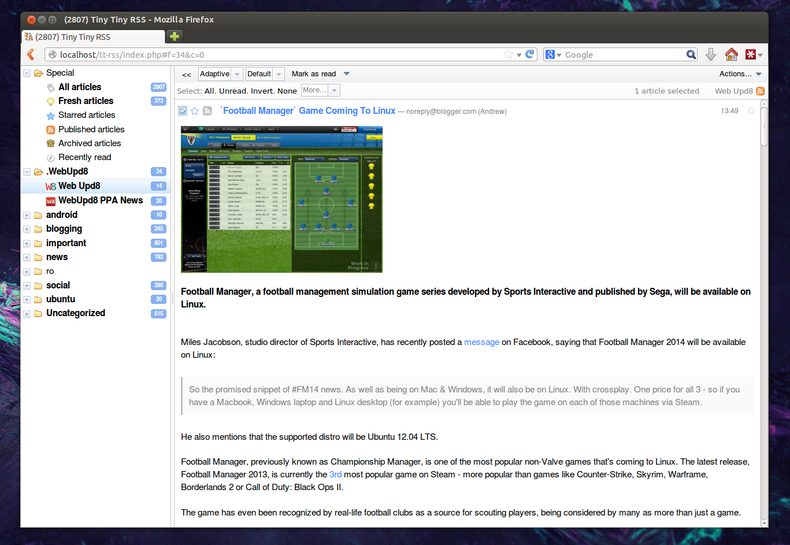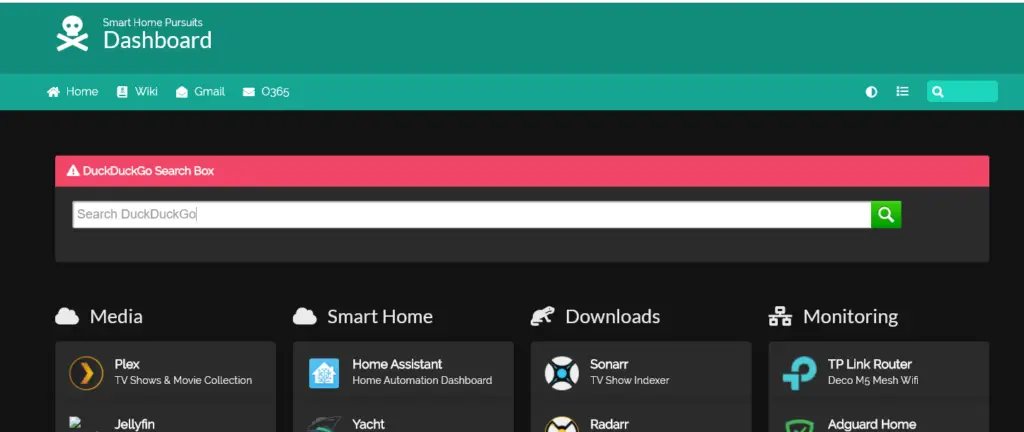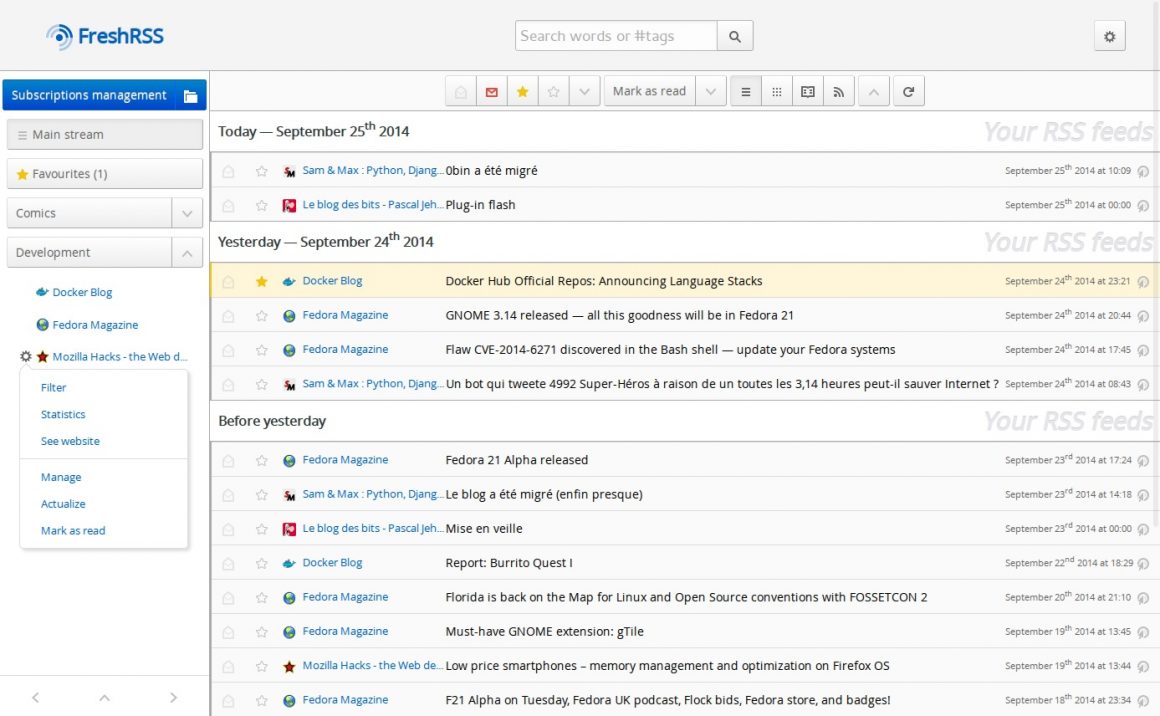
- #SELF HOSTED RSS FEED READER INSTALL#
- #SELF HOSTED RSS FEED READER CODE#
- #SELF HOSTED RSS FEED READER PASSWORD#
- #SELF HOSTED RSS FEED READER DOWNLOAD#
And if you think you can keep up with 100+ content feeds with only social media or a bookmarking site – you’re sorely mistaken. It is to this day the best method for keeping up with the latest news and blog posts from a large subset of sources.Įven if a blog/website/publisher doesn’t have an RSS feed ( very unlikely) – you can use something like The RSS Bridge to generate one. The fact of the matter is, that RSS never went anywhere. One day, someone is talking about the “revival” of RSS, the next – someone tries to justify why RSS is still a thing, or why it’s a must-use service. The funny thing about RSS is that it is always a topic of discussion.
#SELF HOSTED RSS FEED READER PASSWORD#
Here is where you can change the password of your admin account and create new user account.Ĭlick the “Actions” link at the top right hand corner and select “Subscribe to feed”. Once you are logged in, you can go to Preferences (Actions -> Preferences).Ĭlick the Users tab. The default username is “admin” and password is “password”. Note: As a safety measure, you can delete the “Install” folder in the “tt-rss” folder (in the server, not in your computer). However, some servers don’t allow the creation of files from script, so this might not work for everyone. Note: You can also use the “save configuration” button to save the config file directly to your server.

Upload this “config.php file to the server.

Save the text file as “config.php” in the tt-rss folder.
#SELF HOSTED RSS FEED READER CODE#
You need to copy all the code and paste into a new text file. Once the database is initialized, you will see a bunch of code showing up. If everything is fine, click the “Initialize database” button.ĥ. Cick the “Test Configuration” button and see if your configuration is correct. The installation script does not create the database for you.Ĥ. Note that you have to create the database (either in cPanel/phpMyAdmin or the command line) before you can proceed with the installation. Enter the name of the database user, password and the database name. Select the database type for your server (in my case is “MySQL”). You will see the Tiny Tiny RSS installation page.

Once the transfer is completed, open a web browser and go to the URL: If you want to run Tiny Tiny RSS in the root directory, upload all the files within the “tt-rss” folder.ģ. Open your FTP application and transfer the whole “tt-rss” folder to your web server. Rename the folder to “ tt-rss” (you can rename it to any name you want, but for this article, we will be using “tt-rss”).Ģ.

#SELF HOSTED RSS FEED READER DOWNLOAD#
Download the Tiny Tiny tarball to your computer. Go to the Tiny Tiny Rss Wiki page and scroll down all the way to the bottom. As long as your web server supports MySQL or PostgreSQL database and is running PHP version 5.3 or newer, you are good to go.ġ. As long as your server meets the requirement, you can get it up and running in 5 minutes. The installation of Tiny Tiny RSS is straightforward. No longer do you have to worry about the third party services closing down and your data lost for good.
#SELF HOSTED RSS FEED READER INSTALL#
You install it in your own server and have complete control over your feeds and starred items. What makes it different from the rest of the feed reader is that it provides a self-hosted solution. Tiny Tiny RSS is an open source feed reader.


 0 kommentar(er)
0 kommentar(er)
